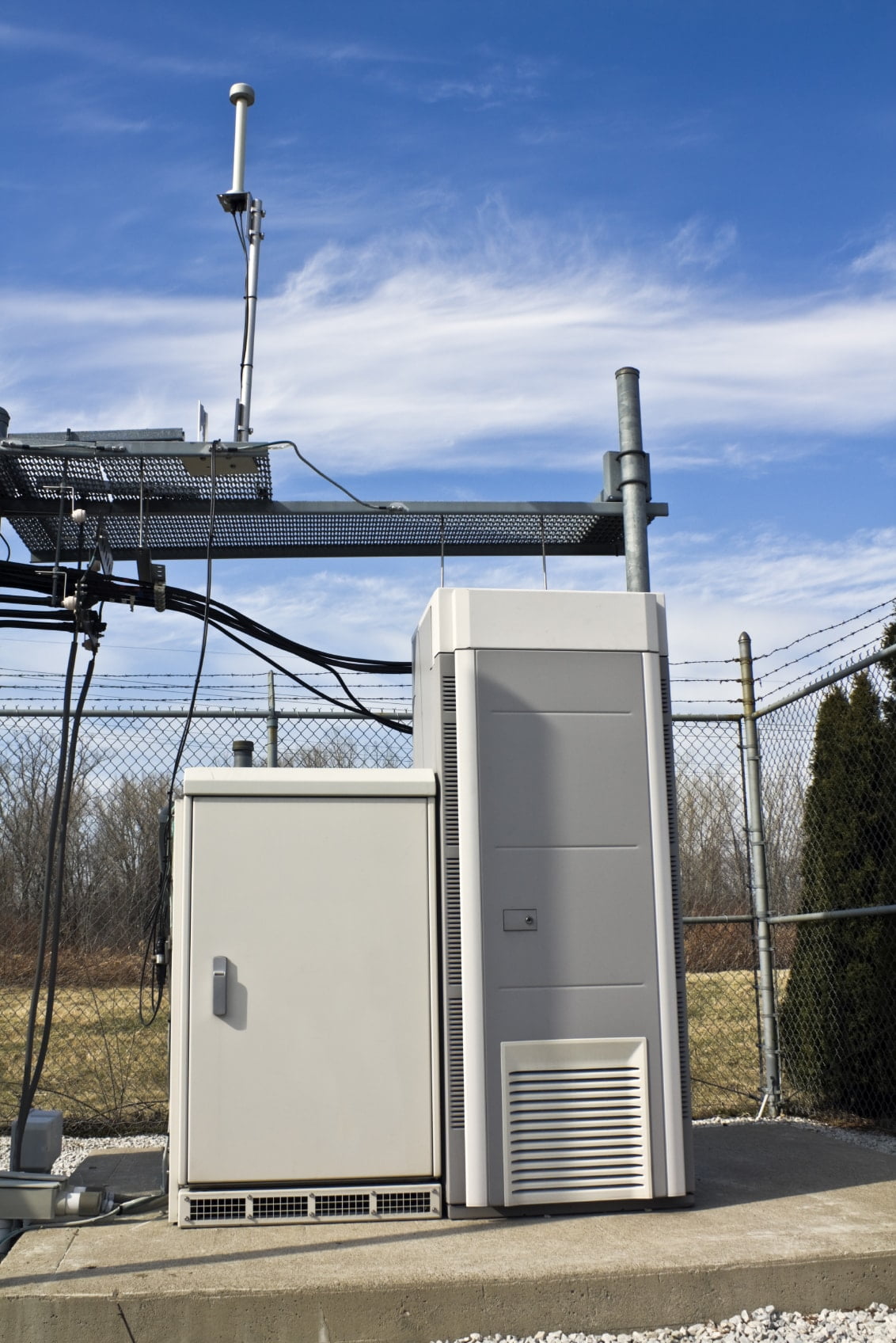8 Questions on OSP Cabinet Thermal Management Answered by Experts
 Effective thermal management of OSP cabinets is crucial for reliable operation. There are several specifications in use, but in practice most cabinets will be built to comply with the GR-3108-CORE Class 1 requirements that allow for a maximum cabinet temperature of 104 °F.
Effective thermal management of OSP cabinets is crucial for reliable operation. There are several specifications in use, but in practice most cabinets will be built to comply with the GR-3108-CORE Class 1 requirements that allow for a maximum cabinet temperature of 104 °F.
Although this is a fairly high temperature, high equipment densities, along with the effects of solar radiation, mean that it’s relatively easy to exceed this temperature. Consequently, thermal management of OSP cabinets is so important that our experts have had to field a number of related questions.
What are the best OSP cooling options?
Three options exist: filtered fans, air to air heat exchangers and air conditioning. Filtered fans are cheap but require the cabinet to be ventilated. This limits application to those where dirt, dust and other pollutants are not present. Alternatively, an air to air heat exchanger offers an effective closed loop cooling solution that provides protection for the equipment from the environment. Both these options can be used to remove heat but cannot cool the cabinet below ambient temperature. So, for high ambient temperatures, a closed loop air conditioner that can control the internal temperature to any user-selected temperature consistent with the heat load is the best solution.
What’s the most efficient cooling solution?
An air to air heat exchanger is the most efficient cooling solution available because its power consumption related to its cooling capacity is the lowest. For enclosure air conditioning, a conventional compressor driven air conditioner designed for high efficiency is much more efficient than alternative air conditioners using the Peltier effect.
What power options are available?
AC and DC powered air conditioners and air to air heat exchanger solutions are available. For telecom OSP applications, DC solutions are recommended because they’re extremely efficient and able to run directly off the telecom enclosure’s DC power or from the backup battery. DC powered cooling equipment obviates the requirement for an inverter in the OSP cabinet, which directly reduces the current drain when running on batteries.
Can I use solar power for off-grid applications?
Yes. The DC powered air conditioners are very efficient. They are fitted with high efficiency rotary compressors, and their design incorporates energy saving thermal expansion valves. The units use hot compressed gas to evaporate the condensate, which improves the system efficiency besides removing the need for an unsightly condensate drain. Similarly, DC powered air to air heat exchangers draw very little current.
Do I need to allow for compressor starting current?
No, not if the DC powered solution is chosen. The compressor is fitted with an electronic controller that eliminates compressor inrush current. Additionally, this feature reduces energy usage and promotes long compressor life.
Can the cooling units fit compact OSP cabinets?
Yes. Both air conditioner models are designed to be as compact as possible. The 1,000 BTU/H air conditioner is only 7 inches wide and 17 inches high, while the 4,000 BTU/ H unit is 11.8 inches wide and 35.3 inches high.
Similarly, the air to air heat exchanger compact and deep models are 11 inches wide by 16.5 inches high, while the tall models, with greater capacity, are only 13.9 inches wide by 29 inches high.
How can I prevent condensation in the cabinet?
In humid environments, there’s always a risk of condensation on the walls of the cabinet when ambient temperatures drop. This can be controlled in two ways. Firstly, a thermostatically controlled heater option may be ordered with the air conditioner to prevent the OSP cabinet temperature falling below the prevailing dew point. Secondly, when the air conditioner is running, moisture condenses on the evaporator coil, drying the air and reducing its humidity. Together, this prevents condensation as well as eliminating the risk of mold. The moisture removed from the air conditioner drains to the compressor section where it is evaporated by hot gas and discharged to the surrounding air.
Can I control the OSP cabinet temperature?
Yes, the air conditioner includes a digital controller that controls the cabinet temperature to within +5°F, -1°F from the set point.
Further Information
Thermal Edge cooling units are built in the USA and have been specifically engineered to meet telecom OSP requirements. If you are interested and would like to discover more, need answers to other questions or require additional technical information, please contact us through our National Sales Team or speak to our Support Team directly.

